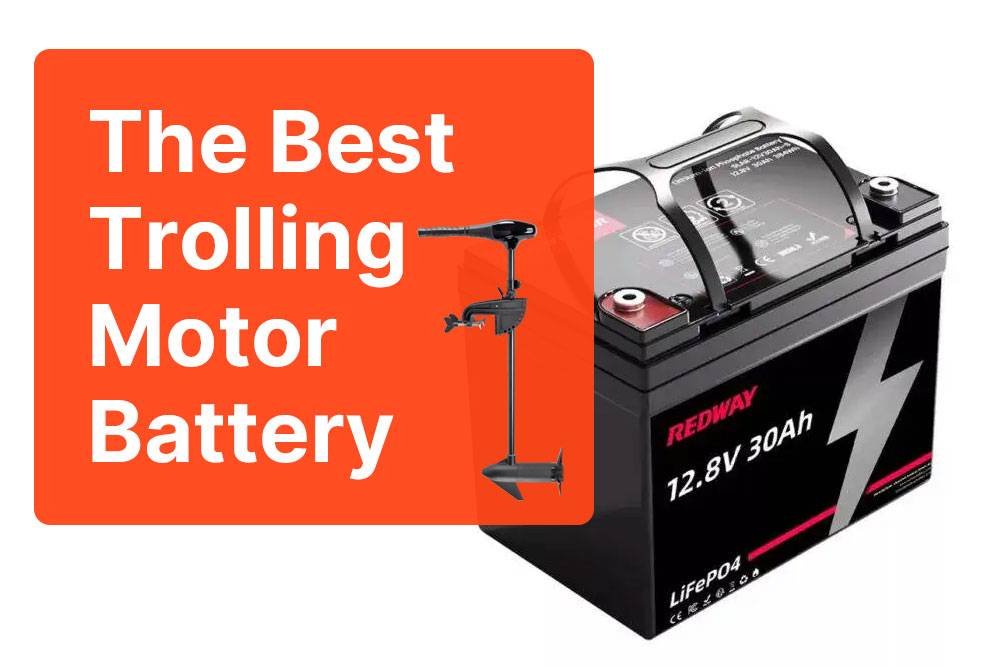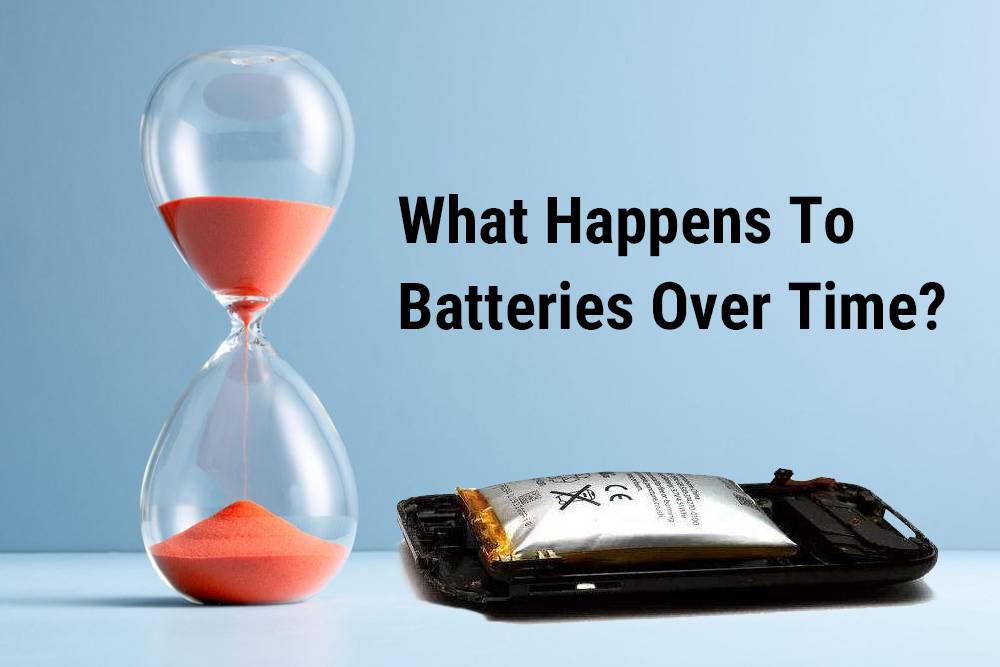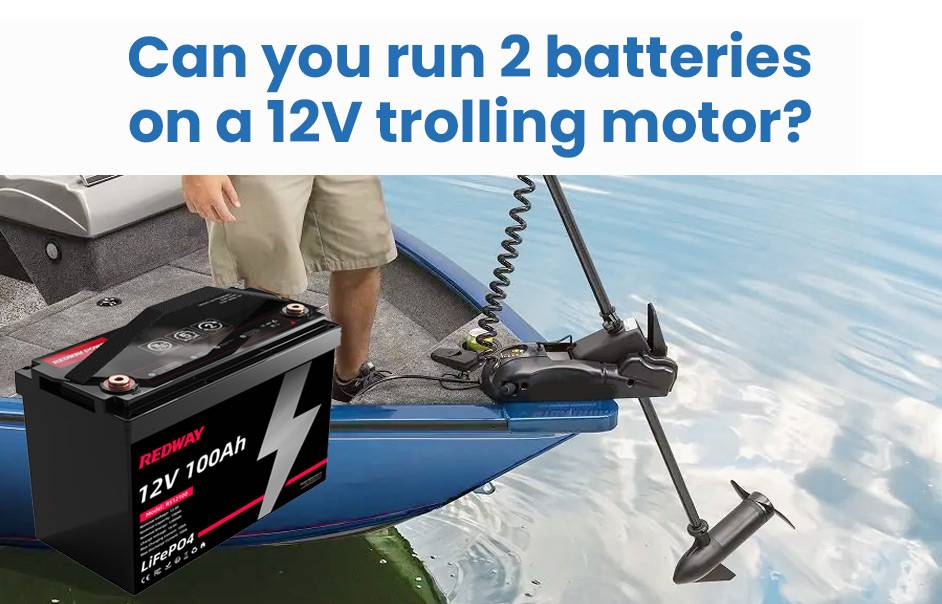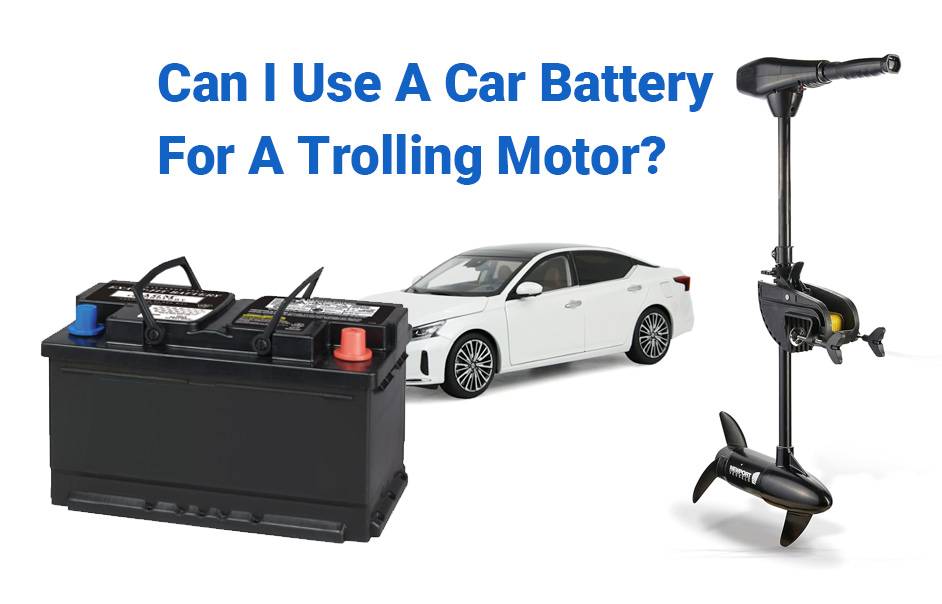- Forklift Lithium Battery
-
48V
- 48V 210Ah
- 48V 300Ah
- 48V 420Ah (949 x 349 x 569 mm)
- 48V 420Ah (950 x 421 x 450 mm)
- 48V 456Ah
- 48V 460Ah (830 x 630 x 590 mm)
- 48V 460Ah (950 x 421 x 450 mm)
- 48V 460Ah (800 x 630 x 600 mm)
- 48V 460Ah (820 x 660 x 470 mm)
- 48V 500Ah
- 48V 560Ah (810 x 630 x 600 mm)
- 48V 560Ah (950 x 592 x 450 mm)
- 48V 600Ah
- 48V 630Ah
-
48V
- Lithium Golf Cart Battery
- 12V Lithium Battery
12V 150Ah Lithium RV Battery
Bluetooth App | BCI Group 31
LiFePO4 Lithium
Discharge Temperature -20°C ~ 65°C
Fast Charger 14.6V 50A
Solar MPPT Charging - 24V Lithium Battery
- 36V Lithium Battery
- 48V Lithium Battery
-
48V LiFePO4 Battery
- 48V 50Ah
- 48V 50Ah (for Golf Carts)
- 48V 60Ah (8D)
- 48V 100Ah (8D)
- 48V 100Ah
- 48V 100Ah (Discharge 100A for Golf Carts)
- 48V 100Ah (Discharge 150A for Golf Carts)
- 48V 100Ah (Discharge 200A for Golf Carts)
- 48V 150Ah (for Golf Carts)
- 48V 160Ah (Discharge 100A for Golf Carts)
- 48V 160Ah (Discharge 160A for Golf Carts)
-
48V LiFePO4 Battery
- 60V Lithium Battery
-
60V LiFePO4 Battery
- 60V 20Ah
- 60V 30Ah
- 60V 50Ah
- 60V 50Ah (Small Size / Side Terminal)
- 60V 100Ah (for Electric Motocycle, Electric Scooter, LSV, AGV)
- 60V 100Ah (for Forklift, AGV, Electric Scooter, Sweeper)
- 60V 150Ah (E-Motocycle / E-Scooter / E-Tricycle / Tour LSV)
- 60V 200Ah (for Forklift, AGV, Electric Scooter, Sweeper)
-
60V LiFePO4 Battery
- 72V~96V Lithium Battery
- Rack-mounted Lithium Battery
- E-Bike Battery
- All-in-One Home-ESS
- Wall-mount Battery ESS
-
Home-ESS Lithium Battery PowerWall
- 24V 100Ah 2.4kWh PW24100-S PowerWall
- 48V 50Ah 2.4kWh PW4850-S PowerWall
- 48V 50Ah 2.56kWh PW5150-S PowerWall
- 48V 100Ah 5.12kWh PW51100-F PowerWall (IP65)
- 48V 100Ah 5.12kWh PW51100-S PowerWall
- 48V 100Ah 5.12kWh PW51100-H PowerWall
- 48V 200Ah 10kWh PW51200-H PowerWall
- 48V 300Ah 15kWh PW51300-H PowerWall
PowerWall 51.2V 100Ah LiFePO4 Lithium Battery
Highly popular in Asia and Eastern Europe.
CE Certification | Home-ESS -
Home-ESS Lithium Battery PowerWall
- Portable Power Stations
Trolling Motor Batteries: The Ultimate Guide to Types and Care
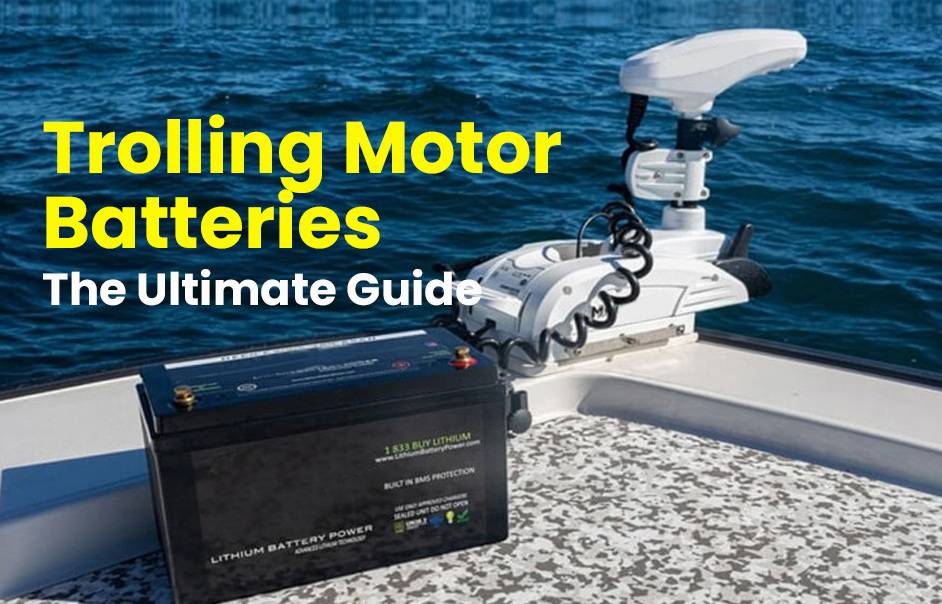
Trolling motor batteries are essential components for powering electric motors on boats, providing reliable energy for extended periods on the water. Understanding the different types of trolling motor batteries, their features, maintenance requirements, and how to choose the right one is crucial for optimal performance.
What Is a Trolling Motor Battery?
A trolling motor battery is specifically designed to deliver consistent power to electric trolling motors used in boats, allowing users to navigate or fish without interruptions in power supply. These batteries are engineered to handle deep discharges, making them ideal for long days on the water.
What Types of Trolling Motor Batteries Are Available?
There are three main types of trolling motor batteries:
- Flooded Lead-Acid: Traditional batteries that require maintenance, including checking water levels.
- AGM (Absorbed Glass Mat): Maintenance-free and spill-proof, offering better performance in cold conditions.
- Lithium-Ion: Known for their lightweight design and long lifespan but come at a higher initial cost.
What Are the Key Features of Lead-Acid Batteries?
Lead-acid batteries have several notable features:
- Cost-effective and widely available.
- Require regular maintenance to check electrolyte levels.
- Typically have shorter lifespans compared to AGM or lithium-ion options (around 2-3 years).
What Are the Key Features of AGM Batteries?
AGM batteries offer distinct advantages:
- Maintenance-free design eliminates the need for regular checks.
- Spill-proof construction makes them safer in various environments.
- Generally longer lifespan than traditional lead-acid batteries (around 4-6 years).
What Are the Key Features of Lithium-Ion Batteries?
Lithium-ion batteries are increasingly popular due to:
- High energy density allows for more power in a smaller size.
- Longer lifespan (up to 10 years) with minimal maintenance.
- Faster charging capabilities reduce downtime on trips.
How Do I Choose the Right Battery for My Trolling Motor?
Choosing the right battery involves several considerations:
- Assessing your trolling motor’s power requirements in terms of voltage and amp-hours.
- Evaluating your budget against long-term operational costs.
- Considering weight and space constraints on your boat.
What Are the Charging Requirements for Trolling Motor Batteries?
Charging requirements vary by battery type:
- Flooded lead-acid batteries should be charged fully after each use to prevent sulfation.
- AGM batteries can be charged similarly but may require specific chargers designed for sealed systems.
- Lithium-ion batteries require smart chargers that prevent overcharging and optimize charging cycles.
How Do Environmental Conditions Affect Battery Performance?
Environmental factors significantly impact battery efficiency:
- Cold temperatures can reduce effective capacity by slowing down chemical reactions within the battery.
- High temperatures can increase self-discharge rates and accelerate degradation processes.
What Maintenance Is Required for Trolling Motor Batteries?
Maintenance practices include:
- Regularly checking battery terminals for corrosion and cleaning as needed.
- Monitoring charge levels and ensuring proper charging practices are followed.
- For flooded lead-acid types, checking electrolyte levels periodically.
How Long Can I Expect My Trolling Motor Battery to Last?
The lifespan varies by type:
- Flooded lead-acid: Approximately 2-3 years with proper care.
- AGM: Typically lasts around 4-6 years under good conditions.
- Lithium-ion: Can last up to 10 years with minimal maintenance required.
What Are Common Misconceptions About Trolling Motor Batteries?
Common misconceptions include:
- Believing all trolling motor batteries require no maintenance; while lithium-ion options need less attention, flooded types do require regular checks.
- Assuming that higher capacity always means better performance without considering other factors such as weight or size constraints.
Expert Views:
“Understanding your specific needs when selecting a trolling motor battery is essential,” states an expert in marine electrical systems. “Each type has its unique strengths suited to different applications.”
FAQs
- Which type of trolling motor battery is best for my boat?
- It depends on your usage; lithium-ion offers longevity but at a higher cost, while lead-acid is budget-friendly but requires maintenance.
- Can I use a regular car battery in my trolling motor?
- It’s not recommended; car batteries are designed for short bursts of power rather than sustained energy output like deep-cycle batteries.
- How do I know when it’s time to replace my trolling motor battery?
- Signs include decreased runtime, physical swelling, or failure to hold a charge effectively; regular monitoring helps identify these issues early.

















